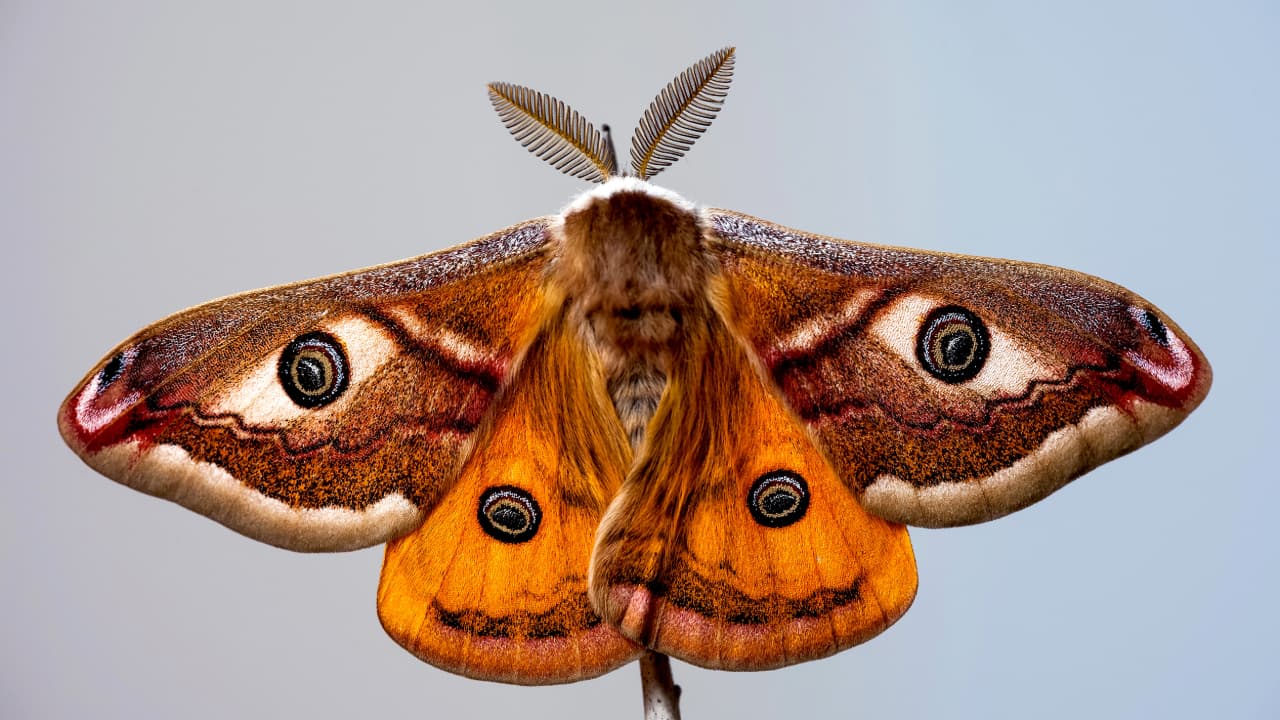Scientists have found alarming changes in northern and southern Finland. Climate change is affecting moth communities across the country. Learn how this impacts ecosystems, and what can be done about it.
Arctic Amplification
The Arctic is warming nearly four times faster than the global average, a phenomenon known as Arctic amplification.
A new study from the University of Helsinki shows how climate change is reshaping moth communities across Finland. Scientists studied the moth species in response to the rising temperatures. They were interested in studying a shift called thermophilization, that is, species that adapt and do better in warmer climates. The team used a massive collection of data consisting over 224,000 moth sightings recorded by volunteers over many decades. The researchers compared data from two different 30-year periods to see how moth populations have changed over time.
Warmer-Loving Moths Are Taking Over
The study found that thermophilization is definitely happening across the country. Moth communities are acclimating to warmer temperatures. However, the way this change is happening is not the same in all areas.
• In northern Finland, many cold-loving moth species are disappearing. These species are adapted to live in cooler environments, and as temperatures rise, they are struggling to survive. So in the North, the change is happening because species are being lost.
• In southern Finland, the story is different. Most local moth species are still around, but new warm-adapted species are moving in from elsewhere. So in the South, moth communities are changing mainly because new species are being added.
Changes in the North
The results were concerning. The study found that moth communities in the North are changing twice as fast as those in the South. According to Dr Emilie Ellis, the lead author of the study, this is making northern ecosystems more vulnerable.
Finland is famous as the home to many cold-adapted species. And if the climate change continues to worsen, these species could become extinct. Losing even a few key species can have serious effects on the entire environment.
Why Is It Important
Moths are part of larger food chains. Birds, bats, and other animals rely on them for food. The loss of cold-adapted moths could affect the food chain. This study also shows that not all areas are affected the same way by climate change. Conservation efforts need to consider these differences. For example, protecting northern species may require different strategies than protecting those in the south.
What Can Be Done?
Scientists say that continued research is important to keep track of how moths and other species are changing. This can help us better understand the impacts of climate change and work to protect vulnerable species. It is an essential step in planning for the future.
This research was published in the scientific journal Nature Communications, and it highlights the power of long-term data collection and the important role volunteers play in helping scientists monitor biodiversity.
